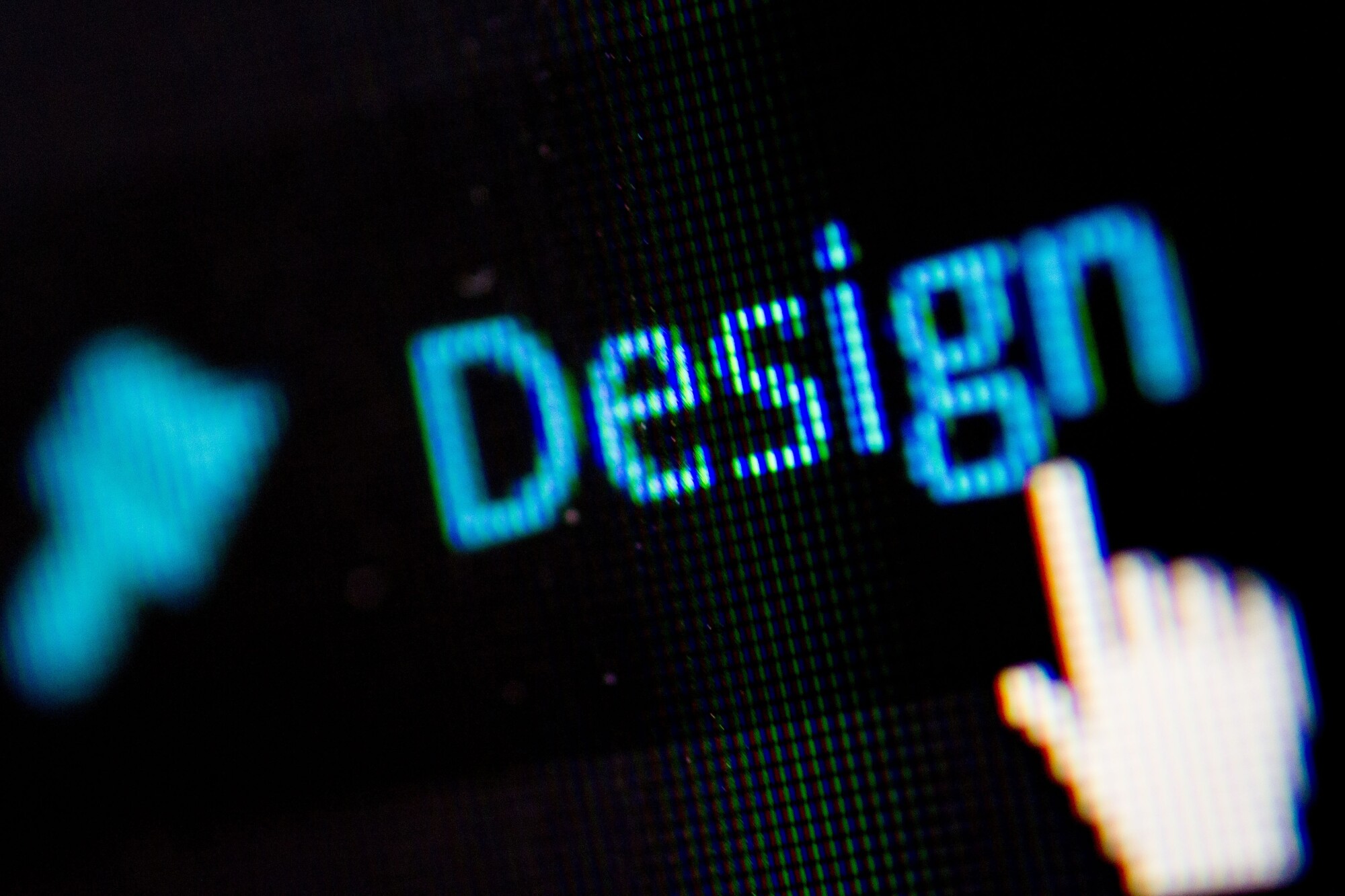Website design has been an important field since the internet began in 1983. Without website design ideas, the internet wouldn’t even be functional.
In just 36 years, web design has rapidly evolved. Internet users went from 10 megabits per second in 1990, to approaching 5G today. Websites have to evolve to accommodate these increasing network speeds.
Web design also determines how a user interacts with a company online. The quality of that interaction is a huge part of most businesses’ success.
To hear about 10 of the most inspiring and historically significant breakthroughs in web design, check out the list below.
1. The Use of Tables
When the internet was born, it was nothing but Hypertext Markup Language (HTML). Web design was flat and drowning in text as early browsers couldn’t handle as many graphics.
In just a few years, web designers discovered that tables allowed them to break up walls of text and improve the design of their pages. Websites became more organized, but the code was much more complicated than today.
2. Flash Software
If you were an early internet user, you’re familiar with Adobe Flash. When it came out, it ruled more webpages. It also helped fuel most online games.
Using Flash, web designers could use music, videos, and animations in their design. There was more media online, a huge improvement over text-only HTML pages.
3. Cascading Style Sheets (CSS)
Something as small as the use of tables was a huge breakthrough. CSS, however, expands beyond just tables. It rules almost all of the specific style choices in a webpage.
This style sheet language allows web designers to control font size, font color, headings, subheadings, and much more. It allowed designers to separate content from appearance in their code.
4. Responsive Web Design
Responsive web design has been around longer than most people realize. This is because it’s still so relevant today.
Ethan Marcotte advocated for web design catering to functionality on the various devices available.
5. Interactive Web Design
Responsive web design prompted a more user-centric approach to web design. In addition to responsiveness, web designers were encouraged to make their pages more interactive.
Programming languages like JavaScript improved upon Flash and enhanced interactive abilities.
6. Customizable Web Design
The introduction of social media really inserted the internet user into the internet world. It allowed users to customize their internet experience and changed web design forever.
Now, users want to control and personalize all the websites they interact with.
7. Animated GIFs
It may seem basic, but animated GIFs are a strong trend. They allow users and designers to express themselves beyond words. They are now an essential form of communication.
8. User Feeds
Again, social media helped prompt this web design idea that now dominates the internet. Not only do users have interactive feed on their social media pages, but most businesses use them as well.
Companies can use feeds to their advantage to organize real-time information about their business, events, and products.
The Best Website Design Ideas
The best website design ideas all have something in common – they improve the user experience. This can be done by reducing loading times, streamlining multiple device functionality, or making the design more engaging.
For help improving your website’s design, don’t hesitate to contact the experts at All My Web Needs.










